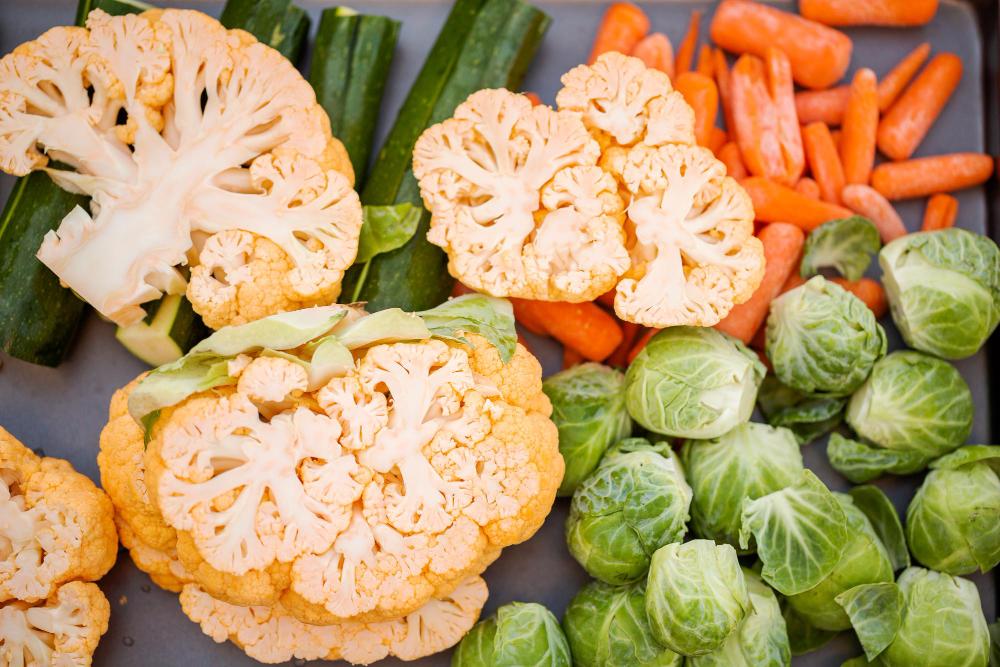Vegetable shortening is a type of fat that is made from vegetable oils, most commonly palm, soybean or cottonseed oil. It is a solid at room temperature, similar to butter or lard, and is often used as a substitute for these more traditional fats in baking recipes.
While shortening has a bad reputation for being hydrogenated in order to reach a solid state, we must underline that modern manufacturing processes now allow for high quality, non-hydrogenated vegetable shortening that is a healthier vegan choice for baking.
An excellent choice for baking
Vegetable shortening is commonly used in baking, particularly in pastry making. Because it is solid at room temperature, it can be used to create a flaky texture in pie crusts, biscuits and other pastries. When using shortening, the fat coats the flour particles in the dough, preventing them from absorbing too much moisture, which helps create a flaky, tender texture.
Shortening is also used in cakes, cookies and other baked goods to add moisture and to improve their texture. A huge benefit of vegetable shortening is that it has a long shelf life and is very stable, thus being a popular choice for commercial baking.
We’ve already mentioned that some recipes allow for substitutes, however there are certain foods that are best made with animal fat, such as butter or lard, while others turn out best when using shortening.
Here are three situations in which you absolutely must use vegetable shortening for the best results:
- Pie crust: A perfectly flaky pie crust typically calls for vegetable shortening. The butter provides flavor, while the shortening provides a flaky texture. To make a pie crust with vegetable shortening, combine 2 cups of flour, 1/2 cup of shortening and a pinch of salt in a food processor and pulse until the mixture resembles coarse crumbs. Add a few tablespoons of cold water and pulse until the dough comes together.
- Sugar cookies: Vegetable shortening is a great option for making sugar cookies because it helps create a tender, soft texture. To make sugar cookies with vegetable shortening, cream together 1 cup of shortening, 1 cup of sugar, and 2 eggs. Add 2 cups of flour, 1 tsp of baking powder, and 1 tsp of vanilla extract and mix until a smooth dough forms. Roll out the dough and cut into desired shapes, then bake at 350°F (~176°C) for 8-10 minutes.
- Frosting: Vegetable shortening can also be used to make frosting. Shortening has a higher melting point, which makes it great for frostings that will remain stable at higher temperatures. A classic frosting recipe calls for a mixture of shortening, powdered sugar and milk or cream. To make frosting, beat together 1 cup of shortening, 4 cups of powdered sugar and enough milk or cream to achieve the desired consistency. Add food coloring or flavorings as desired.
In conclusion, vegetable shortening is a versatile and useful vegan ingredient for baking, which helps obtain a flaky texture and moistness, and can be used in a variety of recipes. Explore the range of different vegetable shortenings produced by FoodGrid for a premium quality non-hydrogenated baking fat.








